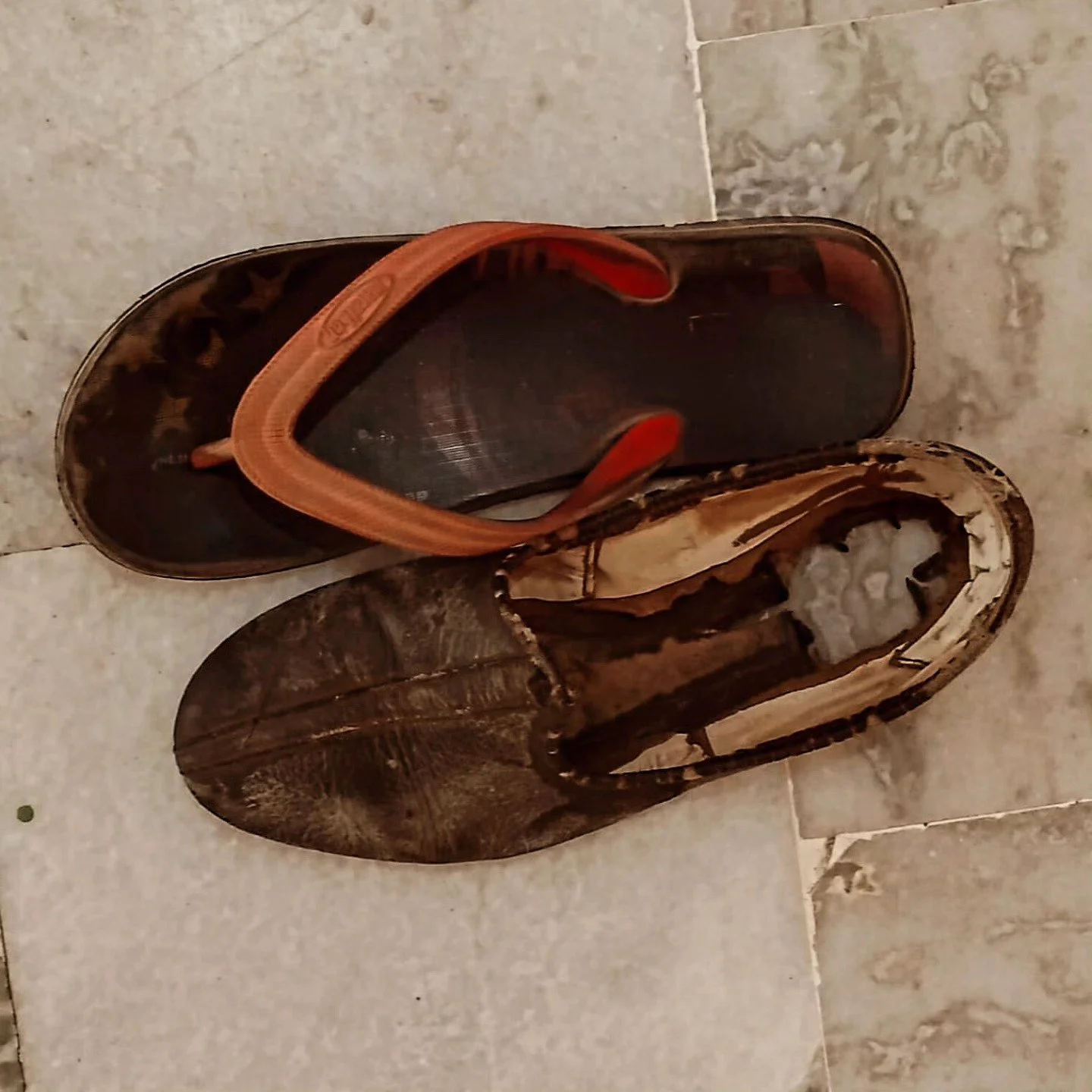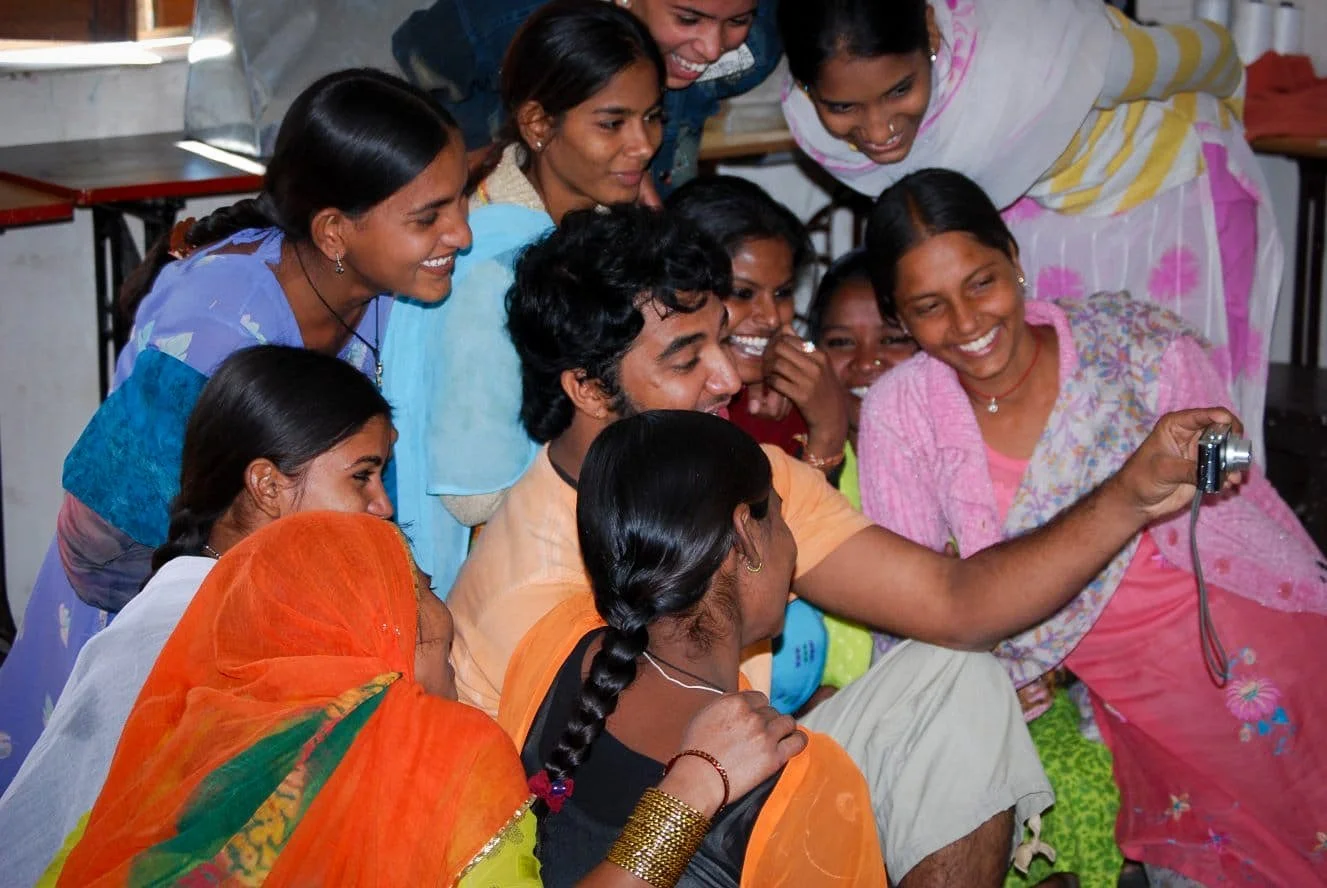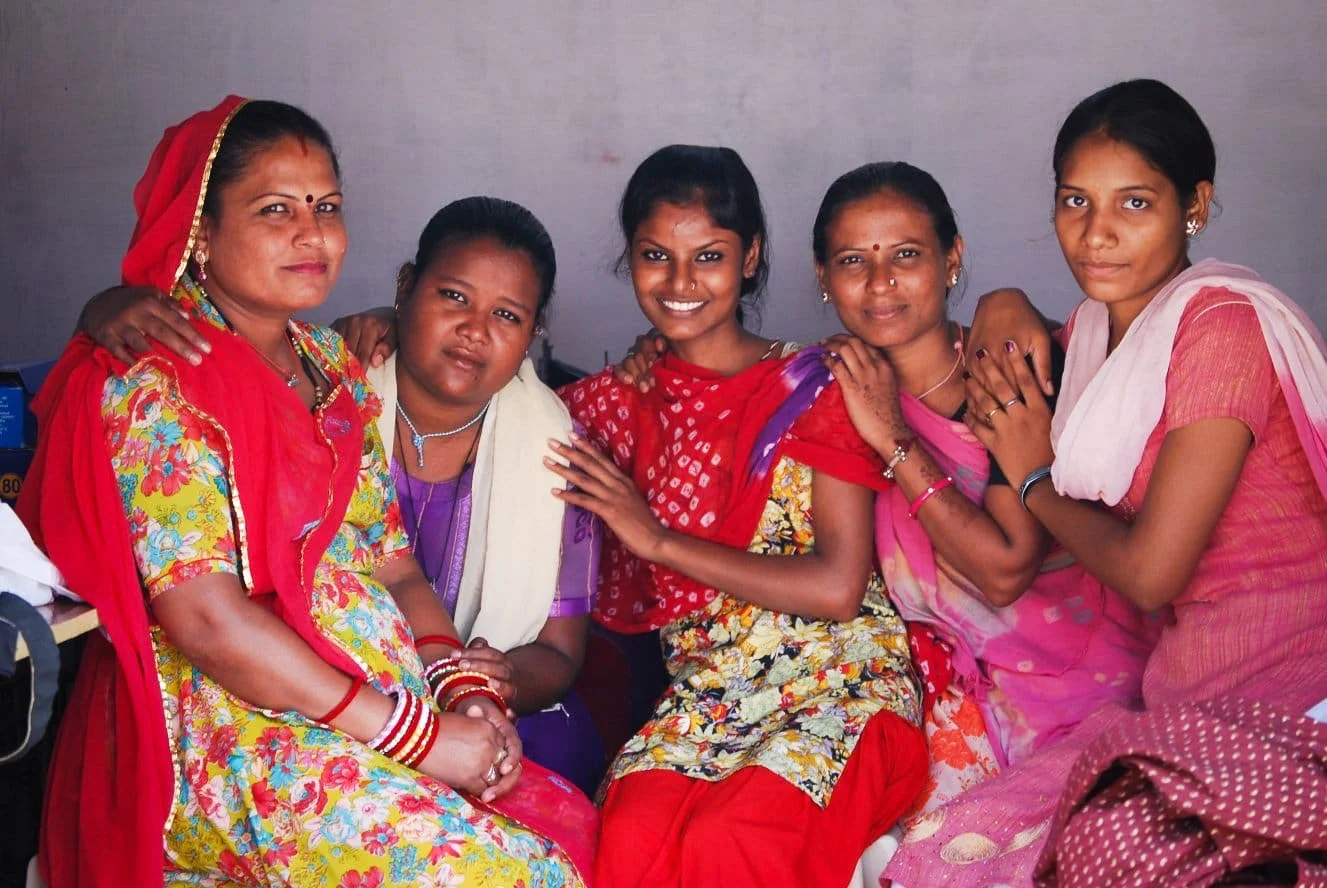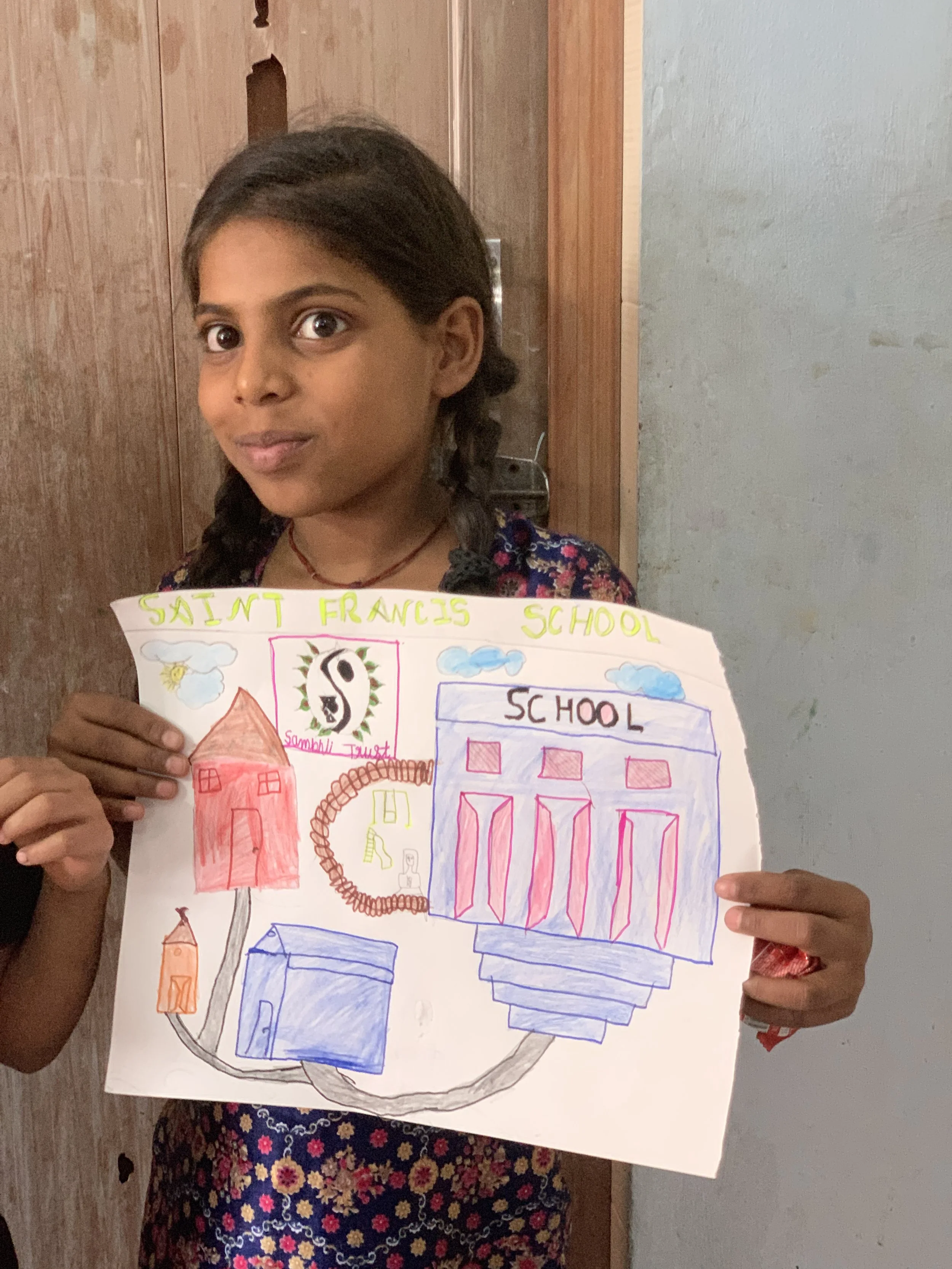The Hole, the Whole, and Its Many Parts
The poignant story of the grandfather with the hole in his shoe and how Medha* came to be one of Sambhali Trust’s newest boarding home girls, Two Shoes and a Dream, is intertwined with the story of how Sambhali Trust came to be the holistic support for women and girls that it is today.
I often say if I had been around when Sambhali Trust was founded and if it had been my role—neither of which was the case—I would have argued to just stick with the first program, Empowerment Centers, and the amazing transformation they had over the lives of women and adolescent girls as they learned to read and write, mastered marketable skills of sewing and embroidery, and built a safe space for sisterhood and self-expression.
I would have been so wrong.
The first Sambhali Empowerment Center began over 18 years ago—in what proved to be a stroke of luck, and perhaps fate—a when a young Govind Rathore, having witnessed the struggles facing women and girls around him, decided that education was the first step in bringing meaningful change. He asked one of the women working in his family’s guesthouse if he could tutor her two young daughters who were not enrolled in school. They next day 18 women and girls showed up, and Sambhali Trust was born.
Early Empowerment Center photos.
Sambhali didn’t do what the large organizations I’ve worked with in the U.S. have done—immediately create a 5-year strategic plan. Rather, it took the path of listening. What does the community need and what is within our capacity to do?
The women participating in the Empowerment Centers had children, and when they tasted the fruit of education, they wanted the same for their dearest ones. And there were other little ones, in streets, in homes, in fields, in shops who were not in school. So, the buildings that housed the Empowerment Centers in the morning became Primary Education Centers in the afternoon. Urged by Sambhali teachers, those children began to be enrolled in schools, but still they came to the Primary Education Centers, for tutoring and to find a joy of learning in songs and games and friendship.
Some of the families of the girls in the rural Primary Education Center yearned for better schools in a safer environment and so, in 2012, the first group of brave little girls moved to Jodhpur to Sambhali’s first boarding home. When those first girls got older, another boarding home was established for girls who wanted to follow in their footsteps. And when those first girls became the first in their families to graduate from secondary school, they asked to go to college—and so a boarding home for young women in college and graduate school was added.
Sheerni Boarding Home in 2012.
Along the way, Sambhali listened and other programs were added that supported those already in the Sambhali family as well as others in the community—including self-help (microfinance) groups, a gender-based violence program providing legal and psychological support, a shelter, connections to government services, and—most recently—access to health education and healthcare, the vital missing link in being able to take advantage of all of the other programs and services.
Throughout this growth, Sambhali has kept true to its commitment to listen to the community, to respond to what Sambhali Trust staff call “need and demand”, not by trying to do everything for everyone all at once, but by careful listening and growth towards the comprehensive organization it is today.
So, when Medha joined Laadli Boarding Home, she joined the Sambhali family and a group of inter-connected, community-led programs designed to build healing, resilience, economic strength, and confidence. She now has access not just to the Boarding Home and its staff, but also to Sambhali’s psychologist, lawyer, and nurse, to sewing and computer teachers—and so many others, all working together to help her thrive. She has begun her journey to being a role model in her community, to hearing other girls whisper “I want to be like Medha someday.”
Does Sambhali have the resources to do everything for everyone? Of course not. And saying no is hard. Can you imagine having to turn that grandfather away? I can’t. (And yes, this is a not-too-subtle ask for donations because there are girls eager to join the boarding homes currently on a waiting list.)
But Sambhali continues to grow because it continues to listen, to do what it can, to stretch what it can do.
Sambhali is a whole that is, indeed, greater than the sum of its parts. What makes Sambhali special is an eye that looks at needs holistically, an ear to the needs of the community, and a lot of heart.
And with that heart in mind, I want to end by sharing a photo of Kativa, one of the current boarding home girls, both the shy girl I met in 2020, and a video from last month where she uses a drawing she made to confidently explain how the heart works.
Kavita when she joined the Sheerni Boarding Home in 2020.
Kavita in July 2025.
A whole lot of heart!
Thank you for being a part of it all,
Shereen Arent
President, Sambhali U.S.
*Names of minors have been changed.






